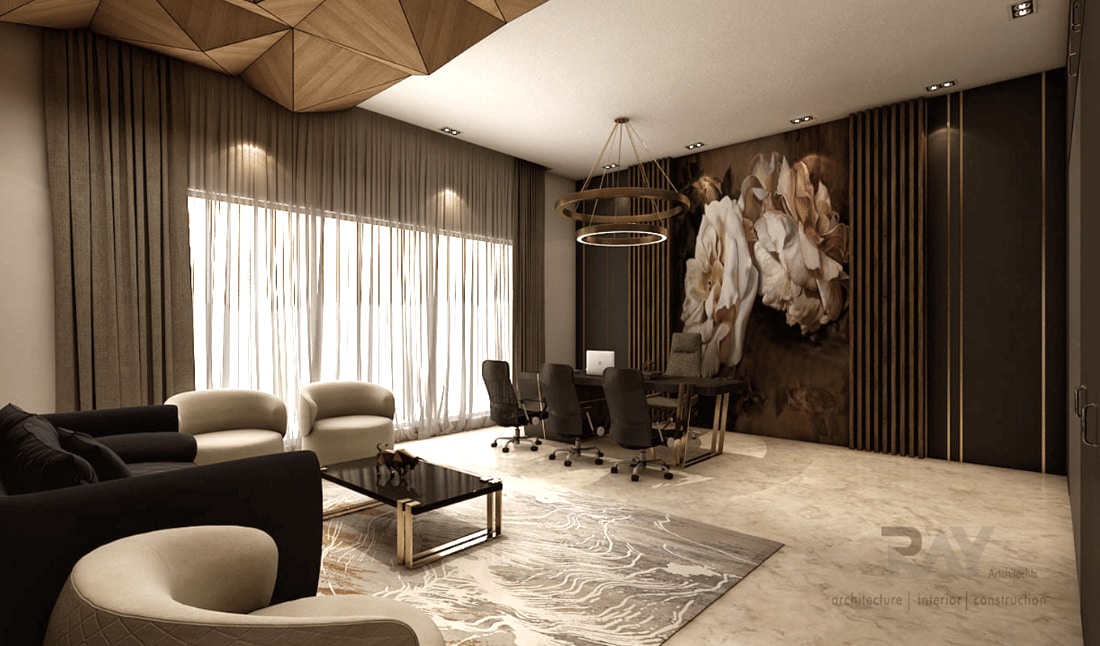
How Wall Art Defines Your Space
Too often in interior design, we see wall art treated as an afterthought. That’s the last thing to worry about, long after the last coat of paint has dried on the walls and all the furniture, if any, has been cleverly arranged. Aside from that, you’re missing out on an incredible design opportunity. With careful selection, the right wall art can cover the entire room. We dare say it, but we believe that wall art is the most important thing in interior design. However, if you’re a little nervous about giving wall art such a prominent place in your design plans, don’t worry. Use this post as a guide on how to choose the pieces that match your existing space and you will have a harmonious interior.
Provide A Color Palette For Snapshots
Selecting a colour palette can be one of the most overwhelming facets of your interior design. The number of different shades available at your local hardware store can seem absolutely endless. It can be difficult to narrow down the options to the colours that best suit your idea of the space. Our best advice is to leave the paint chips behind and focus on finding wall art. Once you find a wall art design, painting, or wall hanging that you like, you can use that piece as inspiration for your room’s final colour palette. Your first step is to choose two or three shades of wall art that you want to incorporate into your decor. Choose the dominant colour plus some additional shades that you want to emphasize as accents. Then look for these colours in the items to decorate your space.
Create an eye-catcher
One of the most fundamental principles of interior design is that every room needs a focal point—a single design element that immediately draws attention to the room and gives the viewer an idea of what to expect. It goes without saying that a large mural could easily occupy this position. Imagine your favorite work of art hanging above a mantel in your living room or standing proudly above the bed in your master suite. Alternatively, a creative gallery wall could easily liven up a more traditional dining area, or some hanging rugs could add a cozy vibe to a seating area. When choosing a mural to accent your space, size is the most important consideration. A work of art that is too small will be overshadowed by the surrounding furniture, and a work of art that is too large will seem to overflow. Be sure to measure the available wall space so you know how much space you have.
Provides a sense of structure
Remember that not all murals or wall art are created equal. While some pieces may be two-dimensional paintings or the like, try to find art in a variety of different mediums to add a variable sense of texture to the space. In addition to paintings and prints, consider objects like sculptures or shadow boxes, which can add some depth to a room. If your style is more avant-garde, you can also consider a small mixed-media installation with screens and digital art. These extra textures can help add some much-needed visual weight to your interior and help set the tone of the room or its atmosphere. Keep in mind that rough textures are more likely to make a room feel intimate and grounded, while soft textures give the room a more elegant and distant tone.
It makes the room look finished
Consider some of the less than assembled interiors you’ve seen. Maybe a university faculty or an adult first room after school. Most likely, these gaps felt a bit rough around the edges and a bit unfinished. Most likely, they also had mostly white walls. Wall art is the finishing element that can help hold a space together and make it feel complete. It’s that little extra touch that can take your space from being purely functional to having a look that should grace the pages of a home decor magazine. The key is to choose an artwork or other tapestry that fits the decorating style you’ve already chosen for the room. After that, it’s just a matter of choosing decorations that you love and will see hanging on your wall for years to come. Wall art doesn’t have to be the last piece of the puzzle if you want to decorate a new room. Actually, it shouldn’t be. In our opinion, wall art is more important when it comes to interior design. When used correctly, wall hangings can provide an excellent framework around which to plan the rest of the room. Take the above post as a guide on how to properly select and incorporate wall art into your interiors, and you’ll end up with a design that appears professionally designed.
